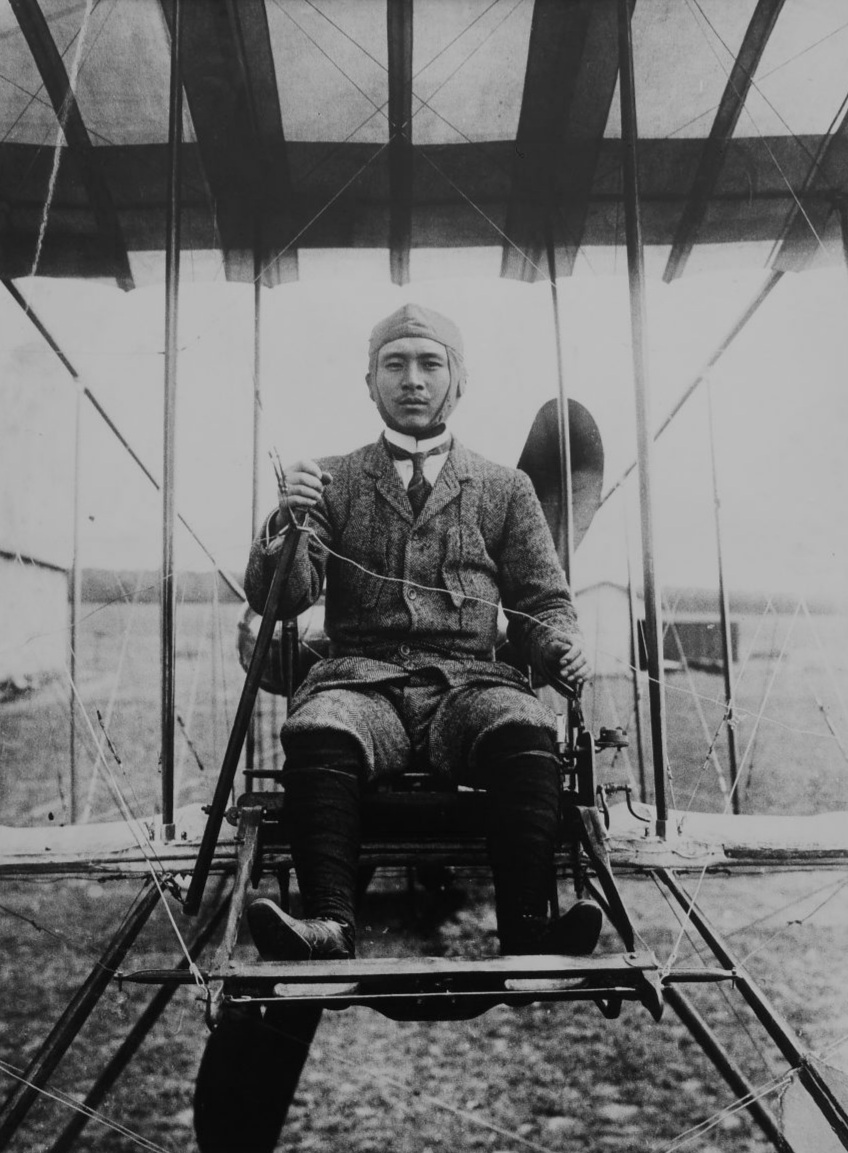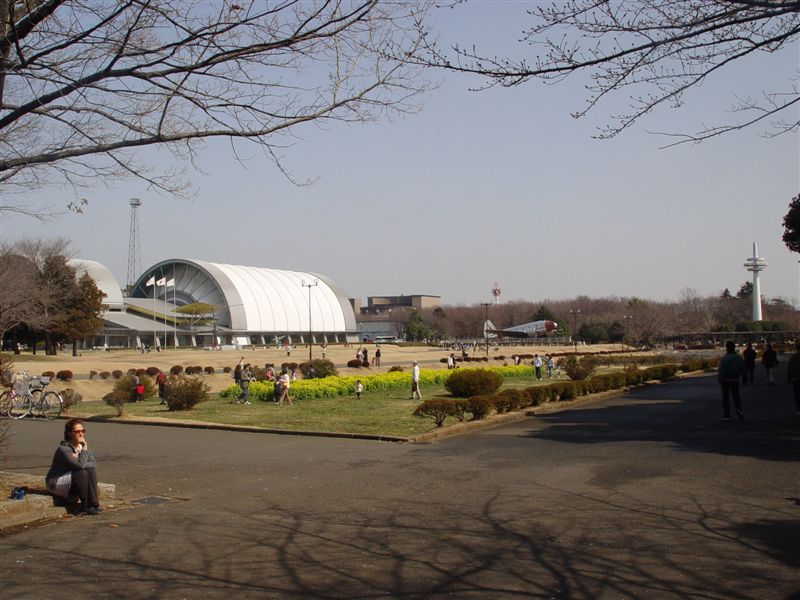Japan’s first flight closely followed America’s, inspired by the Wright Brothers’ groundbreaking achievement. Many nations, including Japan, were either developing similar innovations or eager to bring this transformative technology to their own countries.
The honor of Japan’s first flight in history goes to Yoshitoshi Tokugawa, who took to the air at only 27 years old. Here’s how his inspiring story unfolded.
An Order of French Flights

Following the Wright Brothers’ first motorized flight in Kitty Hawk, North Carolina, Japan was looking to invest in aviation. In the years that followed, the Japanese Army sent personnel to Europe to learn more about flying and possibly acquire aircraft for Japan.
Japan would dispatch Captain Tokugawa to France in 1908. His colleague, Hino Kumazō, would end up in Germany. Kumazō would learn to fly at Johannisthal Air Field near Berlin.
Tokugawa was enrolled in an aviation academy at Farman Aviation Works that had recently opened in Étampes. Students from other nations like Germany, Austria, and Poland also attended.
In the book Contact!: The Story of the Early Aviators by Henry Serrano Villard, Villard documented Tokugawa’s experience learning at the academy:
‘Instruction then consisted of ten five-minute training flights at an altitude of thirty meters [100 feet]. The pupil was wedged in behind the instructor’s back and had to reach over his shoulder to hold the stick. Because of engine torque, left-hand turns were easier in flight than right, and these were the only kind allowed.’
The book claims that learning to fly a Farman was similar to riding a bicycle. Students ‘graduated’ after successfully flying on their own a few times.
Flying in the Land of the Rising Sun
By 1910, both Tokugawa and Kumazō returned to Japan with planes. Tokugawa purchased a Henry Farman III biplane, while Kumazō acquired a Hans Grade monoplane. The young men brought the planes to Japan on ships.
On 19 December 1910, Tokugawa and Kumazō attempted to fly their planes at Yoyogi Parade Ground, a military training field at the time.
Tokugawa’s first flight on his Farman only got close to 230 feet off the ground. The flight lasted four minutes and traveled nearly two miles.
As for Kumazō, his first flight on his Hans Grade only got close to 150 feet off the ground. The flight only lasted one minute, only traveling more than half of a mile.
The flights made instant headlines throughout Japan. However, while both men managed to take flight that day, Tokugawa was recognized as the first man in Japan to fly.

Japan Aviation Ramps Up
On 1 April 1911, Japan’s first airfield opened: Tokorozawa Airfield in Tokorozawa. Tokugawa would take flight there on 5 April 1911. This flight, however, wasn’t as impressive as Japan’s first flight, as it only traveled half a mile with a sketchy 32-foot altitude.
Tokugawa’s longest flight occurred on 23 April 1911. He flew one hour and nine minutes using a Blériot, which he had later purchased from France.
The airfield would become the birthplace of Japan’s first plane that year: the Kai-shiki (Type Kai) No. 1. Tokugawa developed the plane and flew it in October.
The historical significance of these early aviation sites endures today. Tokorozawa Airfield has been transformed into the Tokorozawa Aviation Museum, a site dedicated to preserving Japan’s aviation heritage. The museum showcases artifacts, aircraft, and exhibits that highlight the pioneering efforts of Tokugawa and others. Similarly, the Yoyogi Parade Ground, another early aviation site, is now Yoyogi Park in Tokyo. This park features memorials honoring Tokugawa, Kumazō Hino (another early aviation figure), and Japan’s first flight, serving as a public tribute to the nation’s aviation pioneers.
Total
0
Shares
Credit: avgeekery.com










